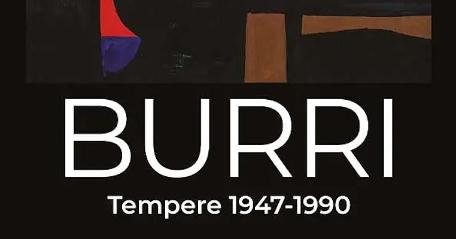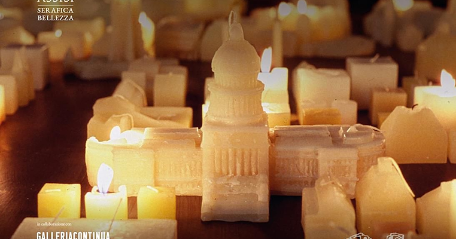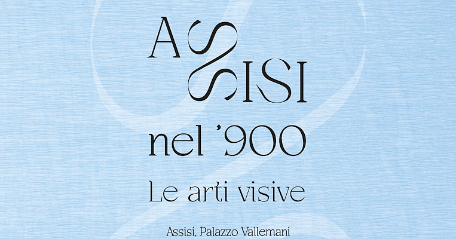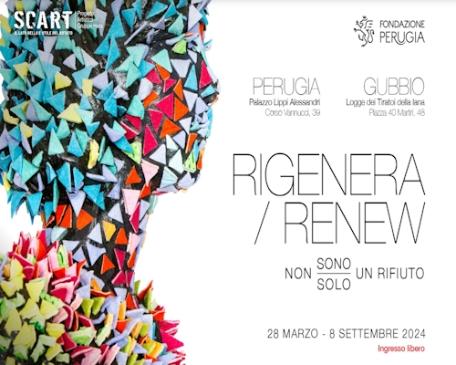Welcome to the city of the Festival of Two Worlds. If you have the time and interest, this city, which the Romans called Spoletium before it became a Longobard Duchy and then an important Renaissance centre, is steeped in history and full of marvellous things to see. The origins of the points of interest of your journey today date to 1962, when the streets and piazzas of the historical centre were graced with 104 sculptures – some donated to the city – made by 54 of the best sculptors of the 20th century. This is why, still today, you can admire such works as the Teodelapio done by Alexander Calder (in front of the train station), or the Traveller's Column by Arnaldo Pomodoro (between the Flaminia and Viale Trento e Trieste). To visit the Palazzo Collicola Arti Visive Museum you have to go to the centre of town. The museum has three main sections. On the ground floor you'll find a coffee shop that is, in and of itself, a work of art and the collection of art donated by Giovanni Carandente: works of all sorts by world famous artists like Arnaldo Pomodoro, Henry Moore, Ettore Colla, Beverly Pepper, Lynn Chadwick, Afro Basaldella, David Smith, Alexander Calder, Henri Moore, Nino Franchina and Pietro Consagra, as well as a library with more than 30,000 books on contemporary art. On the first floor is the grand 18th century apartment of the Collicola family, while the top floor is devoted to large exhibitions.

























